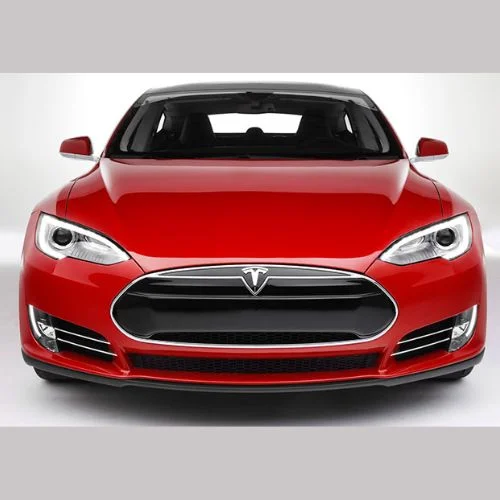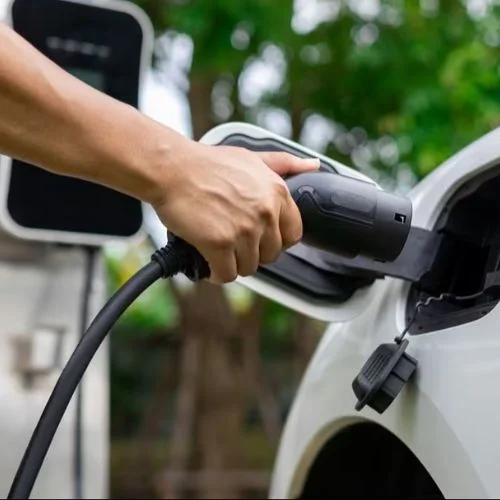By the end of this decade, Maruti Suzuki wants to double its production capacity to four million vehicles annually, investing more than $5.5 billion in the process, according to numerous sources familiar with the company’s intentions. This will enhance Maruti Suzuki’s share of the local market and expand exports.
According to them, the largest automaker in the nation is expected to spend around Rs. 45,000 crore to commission eight assembly lines with a combined annual production capacity of 250,000 units across two new facilities.
An industry executive speaking on condition of anonymity told ET that the investment needed to commission a two million-unit increase in capacity would be roughly $45,000 crore at current rates. This could go up, depending on when the units need to be put into service and any cost inflation that might occur.
The first facility in Kharkhoda, Haryana, has started construction.
Maruti Suzuki Chairman RC Bhargava told ET that although the company has received approval to increase capacity by up to one million units at Kharkhoda and preliminary approval for another one million units at a new site, which is still being finalised, the project’s phasing and the timetable for commissioning the assembly lines will depend on business needs.
Keeping an eye on future demand
Gurgaon, Manesar, and Mehsana, Gujarat, collectively have a two million-unit installed capacity that Maruti Suzuki can now access.
We would need to put up an additional production capacity of one million units, according to Bhargava, who stated recently, “Looking at future demand, the likely market size in the next eight years.” In addition to the anticipated production capacity at Kharkhoda of one million units, this would be added.
Bhargava stated that construction on the new plant will take place concurrently with the one at Kharkhoda, even though the exact amount of expenditure is yet to be established.
Proportion of the market
With a flurry of releases in the rapidly expanding sports utility vehicle (SUV) and electric vehicles segments, Maruti Suzuki hopes to regain lost market share over the next few years. To realise its sales objectives both domestically and internationally, it will need additional capacity.
Our goal, according to Bhargava, is to restore our market share to a level that is as close as possible to the 50% that it once was.
By 2030, when the domestic auto market is anticipated to increase to 6-7 million units annually, this would equate to more than three million vehicles, according to a second industry executive.
One million of the four million units that Maruti Suzuki had intended to produce would be sold through OEMs (original equipment manufacturers) and exports, the executive said. Planning for the remaining capacity will allow the automaker to regain a 50% market share.
Maruti Suzuki had a market share of roughly 41% in the local market in FY23 after ending the previous fiscal year with sales of 1.61 million units.
For the second consecutive year during the previous fiscal, the Suzuki Motor subsidiary also became India’s top exporter of passenger cars. By 2030, it wants to increase exports from 259,000 units during the previous fiscal year to 750,000 units.
As of the end of FY23, Maruti Suzuki has cash reserves of $45,000 crore, which will be used to finance both of the new sites.















